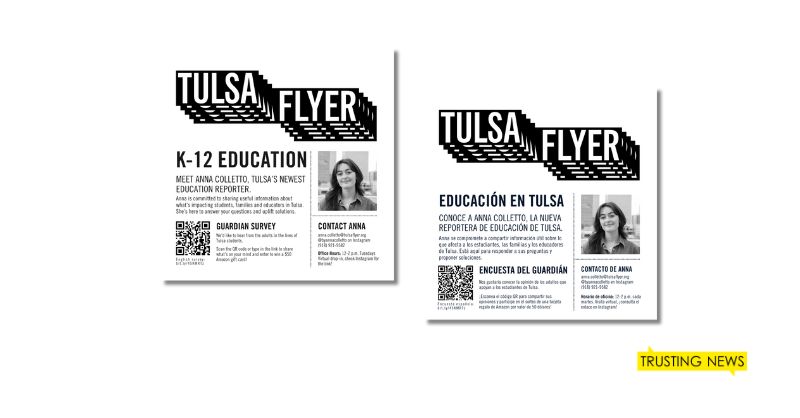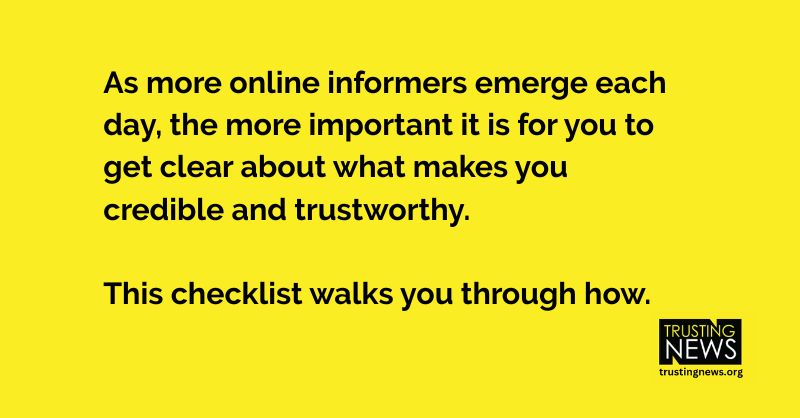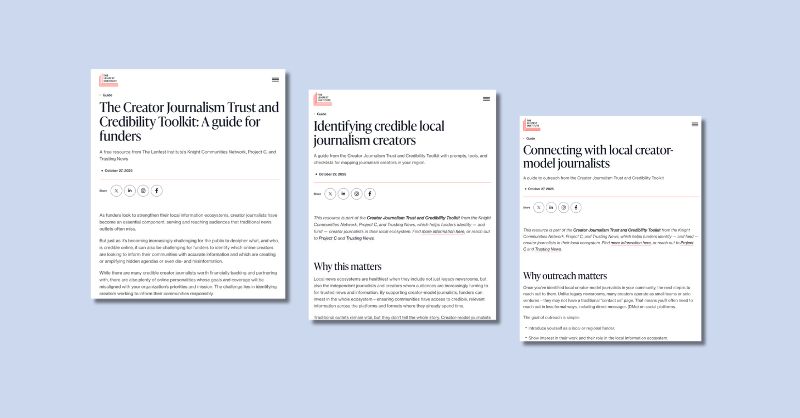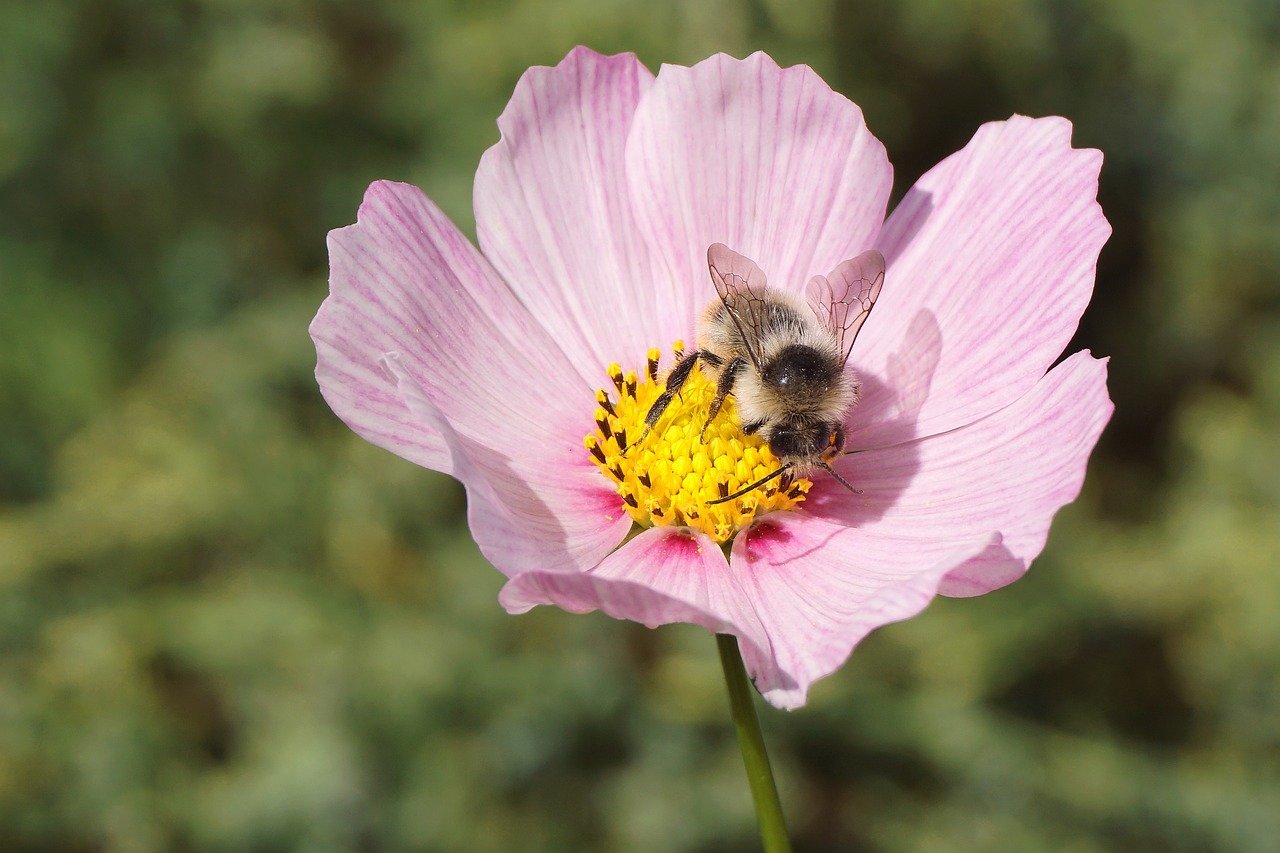
There’s no big secret when it comes to building new audiences. There’s no new beat or newsletter that can be created to undo decades of harm news organizations have caused to certain groups of people. And there’s no magic tool journalists can use that will automatically help them earn the trust of and reach their […]
Advice from journalists: Why we’ve invested in listening to people who don’t trust us
There’s no big secret when it comes to building new audiences. There’s no new beat or newsletter that can be created to undo decades of harm news organizations have caused to certain groups of people. And there’s no magic tool journalists can use that will automatically help them earn the trust of and reach their target audiences.
But there is something simple we see newsrooms often skip over in pursuit of building and reaching new audiences: listening and getting curious about people’s experiences with and perspectives of the news.
So often the groups newsrooms are trying to better serve — like conservative voters, immigrants, those who are disabled, and communities of color — are groups that typically hold low trust for mainstream news organizations.
The good news is that we know simply listening to community members who don’t trust you helps build trust — we spent the summer working alongside researchers and newsroom partners backing that claim up.
But so often, listening is one of the last things newsrooms make time for in their routines. In fact, that was one of the big questions we set out to help newsrooms figure out with this project: We wanted to know how journalists could effectively and regularly work listening and outreach into their routines.
Turns out there’s no perfect solution or shortcut for that either— it just takes time, and has to be made a priority, likely in lieu of other things.
For journalists in the project, they committed to using an interview guide to lead them through conversations with at least eight low-trust community members. On average, each of these interviews took about 45 minutes to conduct (not including set up time.) But we know from the journalists that they felt it was worthwhile. They saw that what they were doing with these community conversations were not only rewarding for the future of their newsrooms, but also for the understanding of the diversity of voices and perspectives in the communities they serve.
The only big secret to success with this is just doing it. That’s what our partner journalists heard over and over — to build sustained relationships and reach these communities they weren’t reaching, they needed to show up consistently, and provide news that felt reflective of people’s real lives.
It sounds simple, but we know it’s way easier said than done. That’s why we took what partner journalists heard about building sustained relationships and turned it into the following list of advice. It’s moving to hear what real community members feel the news could do better. And it’s actionable, with some ideas from journalists on how you can actually do this work.
Read on for advice and inspiration from our partner journalists.
Be consistent and present (don’t parachute in)
Journalists do have the power to shape trust with their communities, but they must move beyond parachuting into communities only when they need something, or something goes wrong.
And this makes sense. If you think about other relationships in your life, you probably wouldn’t really trust or often turn to a friend or family member who only spent time with you or contacted you when they needed something in return, right?
The same goes for journalists and news organizations. Why would community members offer their time and perspective, and extend their trust, when you only turned to them when you need something in return, like a quote for a quick story or when a big crime happens in their community?
What a lot of our newsroom partners heard from the community members they talked to was the real importance of showing up on a regular basis.
Brittany Harlow, founder and lead journalist at Verified News Network, focused her interviews on listening to indigenous people in Oklahoma. Listen to what she said about how they reflected how important it was to be present on a regular basis — not just when there’s a big story, or when it feels self-serving to the journalists.
Another way community members said they’d appreciate journalists showing up: by being present at community happenings and events (and not only to market your organization and sell subscriptions, or to get quotes for a story). That means being there, and being present, for the sole purpose of engaging and being part of the community.
Some of the journalists we partnered with also suggested that showing up could just mean doing these types of outreach conversations more regularly to ensure your organization is continually hearing the perspectives of these communities.
Don’t just write about the negative news
If you’ve worked in a news organization, you know that it doesn’t just lead if it bleeds — it also often gets a lot more eyes and attention.
Stories about crime and or other devastating news almost always outperform stories that highlight positive aspects or programs in the community. It’s just human nature to naturally focus on and be drawn to negative aspects of things.
But what these journalists heard over and over from community members was that they wanted to see more positive and joyful stories about their communities. However, many of them felt the reason they don’t see them is that journalists haven’t spent time getting to know the community beyond political leaders, police, or high-powered members.
“I heard a desire for more positive stories, less focus on politics, more focus on issues important to everyday people, and less use of official sources like law enforcement, business owners and elected officials,” one newsroom partner shared.
Multiple community members emphasized that they didn’t only want to be seen in a positive light. Their big frustration was that coverage felt unbalanced and not contextual and representative of their communities.
To balance this, journalists could do a better job of asking the community for story ideas — as one journalist suggested, ask the community what kind of positive (non-negative) news coverage they’d like to see, rather than leaving it up to journalists to decide what constitutes a positive story.
Make sure your coverage is reflective of communities
A lot of the community members journalists talked to made note of how they just wanted news that felt like more accurately reflective of their lives.
“People really want to feel heard, and don’t feel a personal connection with their local journalism outlet,” one journalist shared. “If we could replicate this sort of outreach and include more of our staff, I think it would be beneficial for the audience and our staff.”
Community members mentioned part of that is showing up in a way that makes sense for different communities. Like if you’re trying to reach a Spanish-speaking community, make sure to have news either translated or originally reported in Spanish.
Part of that too was relying less on generalizations, and not just listening to the loudest voices in a group.
“All of them were looking for less stereotypical coverage of their community in breaking news headlines and more genuine, nuanced representation,” another journalist shared.
Again, one thing journalists suggested to do to counter this is start hosting listening sessions, whether that’s in person or online, to hear what the community needs, wants, and thinks relative to the newsroom.
It also could mean providing space for community members to connect with the journalists in your newsroom. We heard that both the journalists and community members in the project believed open space for dialogue was the foundation for relationship building.
“Taking time to listen,” a journalist said. “That could be through attending a community event, hosting a community conversation on a topic that the community identifies, or grabbing coffee to talk about ideas with a willing source. Finding new ways to be present and responsive. Take time to examine who you are talking with and including in your work, who is missing?”
Communities notice journalists’ diversity (or lack of)
Another thing multiple community members mentioned: having a more representative staff. People wanted to see journalists from the newsroom who looked like them, held the same beliefs, or were from the same areas as them.
While that’s not an easy or quick thing to shift, as you hire new positions in the newsroom, think about the makeup of your staff. Which viewpoints are missing, and how might those be causing blind spots? Which slices of your community are naturally understood by and relatable to people on your staff? And which aren’t? How could your hiring process help you learn more about the dimensions of difference job candidates would bring to your team?
We worked with partner newsrooms to develop a guide for hiring editors.
How you can get started
Doing these conversations doesn’t have to be a huge lift.
Imagine if your newsroom started regularly having 30-minute conversations with community members — and shared what you learned with each other. What if a group of journalists in your news organization did one of these interviews once each month —think how much trust and goodwill could be built up with an audience over the course of a year. And think how much better you’d understand the deep baggage and assumptions behind some of this mistrust?
But even if you can’t get newsroom buy-in, any journalist can work on making time for it. What if you tried for one conversation a week, or two a month? A half-hour is just one-eightieth of your work week. Add in some time once a month to recruit folks and line up the logistics, and you’re still not looking at very much time.
But the first step is deciding to make the time to (consistently) reach out.
Use this guide as you host conversations
We heard from journalists in the project that is was challenging to get started and find people to talk to.
We created this step-by-step guide as a resource, to help journalists identify which perspectives are missing in their news coverage and how they can find community members to talk to.
If you use it, we’d love to know how helpful it felt to you, or any feedback you have. Feel free to get in touch with us through email or on Twitter.
We’re continuing on this Road to Pluralism
We’re excited to continue learning alongside newsrooms, helping journalists better understand audience perceptions and how people might feel about their coverage. Read more about the work we want to help newsrooms while on the Road to Pluralism.
Interested in learning more about this work or partnering with us in future pluralism work? Fill out this form. We’ll keep in touch as we have new projects and research opportunities.
One of the best ways to follow our work and see examples from other newsrooms is to subscribe to our weekly Trust Tips newsletter.
At Trusting News, we learn how people decide what news to trust and turn that knowledge into actionable strategies for journalists. We train and empower journalists to take responsibility for demonstrating credibility and actively earning trust through transparency and engagement. Learn more about our work, vision and team. Subscribe to our Trust Tips newsletter. Follow us on Twitter and LinkedIn.
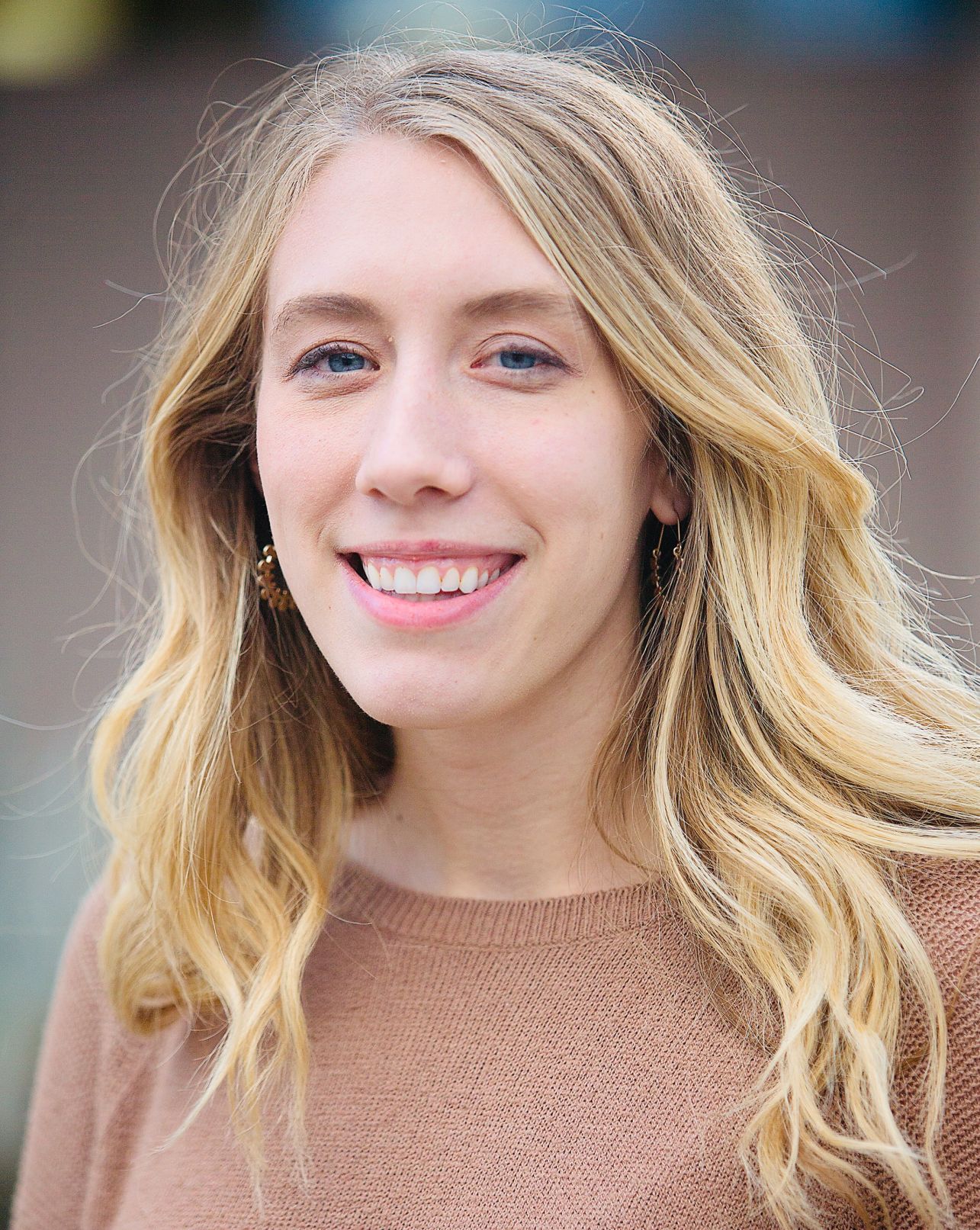
Project manager Mollie Muchna (she/her) has spent the last 10 years working in audience and engagement journalism in local newsrooms across the Southwest. She lives in Tucson, Arizona, where she is also an adjunct professor at the University of Arizona’s School of Journalism. She can be reached at mollie@trustingnews.org and on Twitter @molliemuchna.
